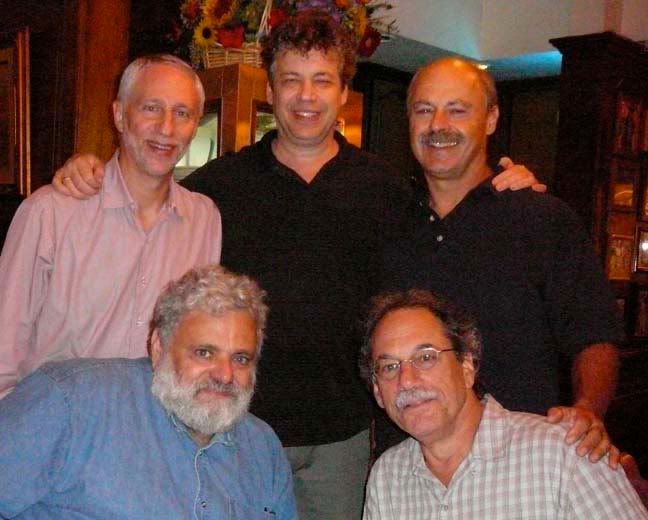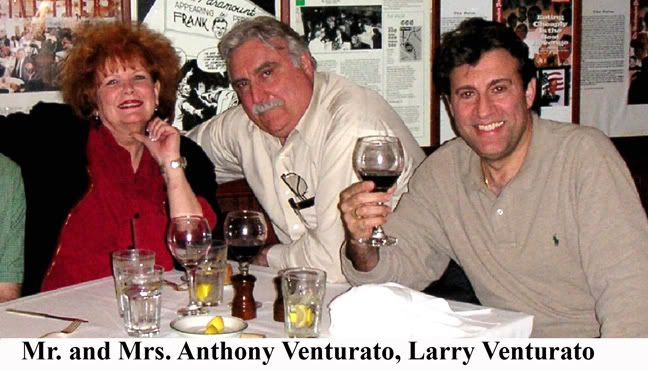
That's Oliver above, playing for Erasmus, scoring in the 1966 high school championship game against Clinton
Joe Bruno's mentioning of Oliver Shannon triggered some memories, numbered in sequence from different Kvers:
1. I knew an Oliver Shannon in Jr Hi. A black kid, great b-ball player. Is this the same person you mention. And do you know his whereabouts?
2. Now some bravado. Oliver came to "our" park having heard of my speed and challenged me to a race. I had "school" shoes still on and he had sneakers. I easily beat him. Another time some Italian "kid" also came to challenge me-he was from the Bronx or Brooklyn and looked real tough. Well the result was the same I easily beat him and he shook my hand and said "you won fair and square".
3. I have listened to the tales of Marvin K speeding up and down the asphalt, taking all comers from all neighborhoods and sending them on the impecunious ways besmirched and bedraggled, festooned in defeat and despair. And to o’ercome the human foe is grand and ne’er do I contest it. But I, in no less titanic a tussle have rebuked the grandest adversary of them all-–Father Time himself. Hear me now oh you from KV come. My daily journey around the Central Park of Manahatta runs up and down hill but always from North to South along the western ridge and then due up the Eastern byway. Just so, as the arrows point the path. Yet today I sought to run my duo-pedaled steed down the eastern and up the western drives, thus reversing the direction of traffic and, in effect, biding my pace betwixt and between the rungs of oncoming cyclists and motorists. Backwards did I run my race, you brethren. And for all the time I sped, spinning backwards, I out-pointed my previous best by a full 79 seconds. Around the entire park with time to spare. I beat my best time backwards. Say it with me please, he beat the best backward. And the best of the mightiest. Father Time himself stood speechless by the park exit and dipped his brow into the Harlem Meer, he was spent but now unencumbered by the mantle of invincibility that he once so proudly sported. Do you see what I’m saying here/ Can you make it out clearly oh yee of KV come?
4. Would you be kind enough to repeat that?
I looked to find an address and phone number for an Oliver Shannon. The one suspect I found in North Carolina wasn't him. In searching the Social Security Death Index I found an Oliver Shannon, born 9/29/47, and passed away 9/21/01. The card was issued in NYC and had numbers that corresponded to a lower east side location. This prompted this email to the chatterers.
Looks like Oliver Shannon may have lost the race we all will eventually lose, only looks like he lost in the trials at age 54
1. Very sad about Ollie. He passed 10 days after 9/11--I wonder if it had anything to do with the Twin Towers. Ollie signed my elementary school yearbook, played one year on my Edgies team--went on to star for Erasmus Hall on their city championship team with Coak Cannon and George Thompson and starred in the Rucker league, then played for the Cincinnati Royals for a year or two. Genuinely sweet guy.
2. He had that sleeper play where he would fall down at the key and writhe as if in agony and when people gathered around him he would dribble in and lay the ball up. Willowy and always smiling. I can't even remember talking to him but I remember his presence very clearly. A dominating player but a gentle soul. Poetry in motion. An idiosyncratic personality but a true as gravity eye. God bless Oliver Shannon.























